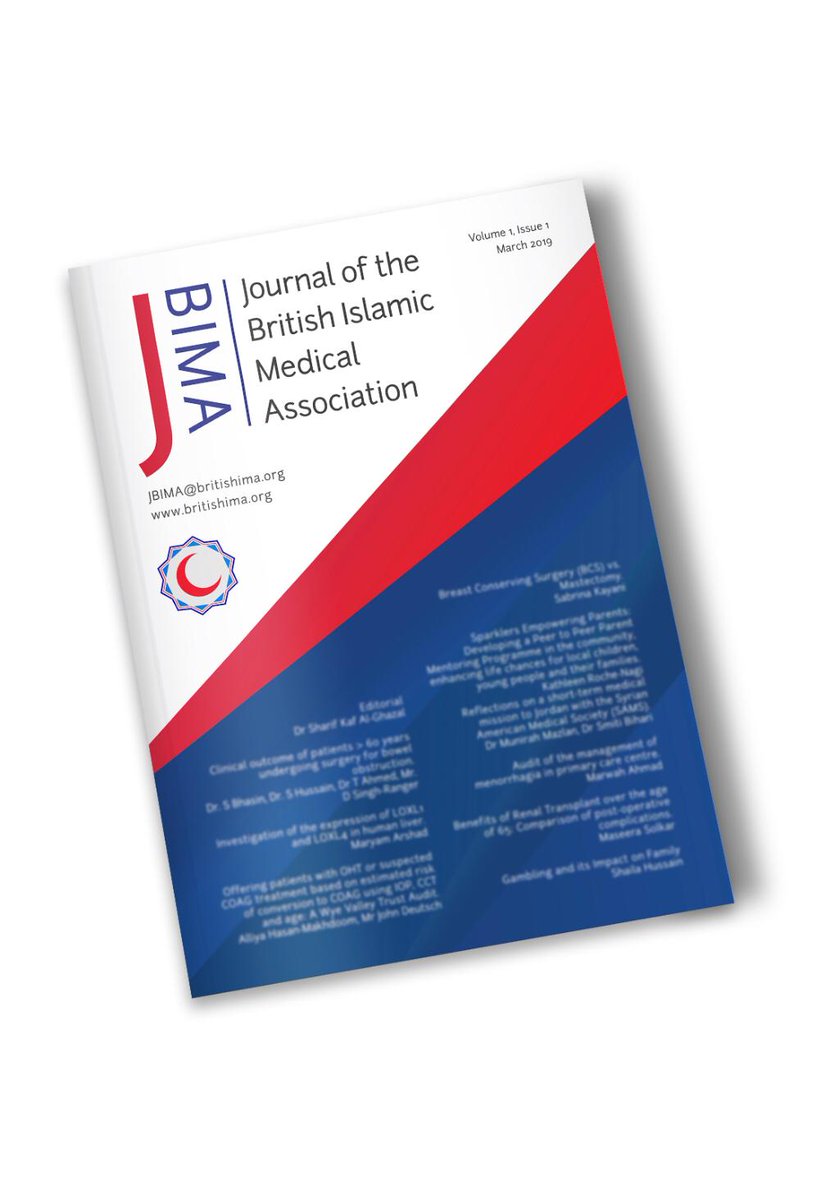
Introduction
COVID-19 affects different cohorts in the population differently and disproportionately. Older people, the male sex, certain ethnic groups, and certain geographical regions have a higher risk of acquiring the infection, experience a more severe form of the disease and have a higher risk of death.
In the UK, the highest age standardised diagnosis rates of COVID-19 was 486 and 649 per 100,000 population in ethnic Black females and males respectively compared to 220 and 224 in the Caucasians.The risk of dying from COVID-19 is much higher among Black, Asian and Minority Ethnic (BAME) groups.
Their lower socioeconomic status, large family members living under one roof and lack of health-seeking behaviour are some of the contributory factors. Persons from the BAME communities were more likely to hold jobs and use public transport to their place of work which makes them more likely to be exposed to COVID-19.
COVID-19 exposed the chronic inequalities affecting BAME communities in the UK and further amplified them. Their poorer socioeconomic circumstances led to poorer health outcomes which was compounded by the increased prevalence of smoking, obesity, non-communicable diseases and their complications.
In the short term, the disproportionate impact of COVID-19 on the BAME communities demands interventions to mitigate the deleterious effects of the pandemic by promoting health-protective behaviour which can minimize the risk of the coronavirus.
COVID-19 health messaging to BAME communities needs to be culturally sensitive to trigger behaviour modification and improve their health outcomes. This is because their beliefs and attitudes is influenced by socio-cultural factors different from their Caucasian countrymen.
Behaviour changes occur as a consequence of the interplay of 3 factors namely; baseline knowledge and skills, the available resources and opportunities and the motivation to change old ways and habits.
A successful communication strategy will target all these 3 situations to enhance knowledge and skills, increase resources and drive motivation.
A community leader or NGO known to the BAME communities will more likely earn their respect and trust and would be more receptive to their health messages. In this respect the British Islamic Medical Association (BIMA) and their partners (e.g. Muslim Council of Britain – MCB) have been very smart and savvy in their health messaging on various health, ethical and religious issues related to COVID-19 and this was acknowledged by the Scientific Pandemic Influenza Group on Behaviors (SPI-B) for the Scientific Advisory Group for Emergencies (SAGE) (see Example 6).
BIMA’s key health messages, infographics (see below in the Appendices) and a template sermon (khutbah) have been shared with 50 other affiliates in the Federation of Islamic Medical Associations (FIMA) fraternity. They have been translated into their respective national languages.
In Malaysia, the Islamic Medical Association (IMAM) has shared them with the religious authorities in the various states which has helped to make it more easily understood and comprehensible to the lay public and ensuring compliance to mitigate the effects of the coronavirus.
The following are graphs (see below in the Appendices) which summarizes the COVID-19 situation in FIMA affiliate countries as at 13 October 2020. It was not possible nor smart to capture all the data on one graph due to overcrowding. So we divided them into 4 regions, namely Asia Pacific, Middle East, Europe with the US and Africa. There was no online data from Jordan, Khmer and Tanzania.
The first set of graphs looked at new daily confirmed COVID-19 cases. It is on a log scale (not linear), so we are able to compare large populations with smaller populations with smaller case numbers. More important is the trending of the curve for each country- flattening or bending the curve or a rise after an initial plateau/decline (new wave). The colour of the curve tells the positive rate of testing. Best countries doing appropriate testing are <3% (blue and blacklines) while grey means no testing data.
The second set of graph examines the new daily confirmed COVID-19 deaths. The WHO COVID-19 dashboard (2) reports 38.0 million cases and 1.08 million deaths as of 10:00am EDT on 14 October 2020.
References:
- https://www.gov.uk/government/publications/spi-b-consensus-on-bame-communication-22-july-2020
- https://covid19.who.int
Appendices are included within the PDF file.

